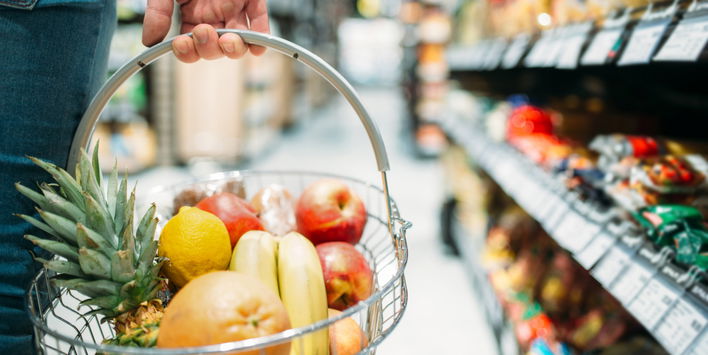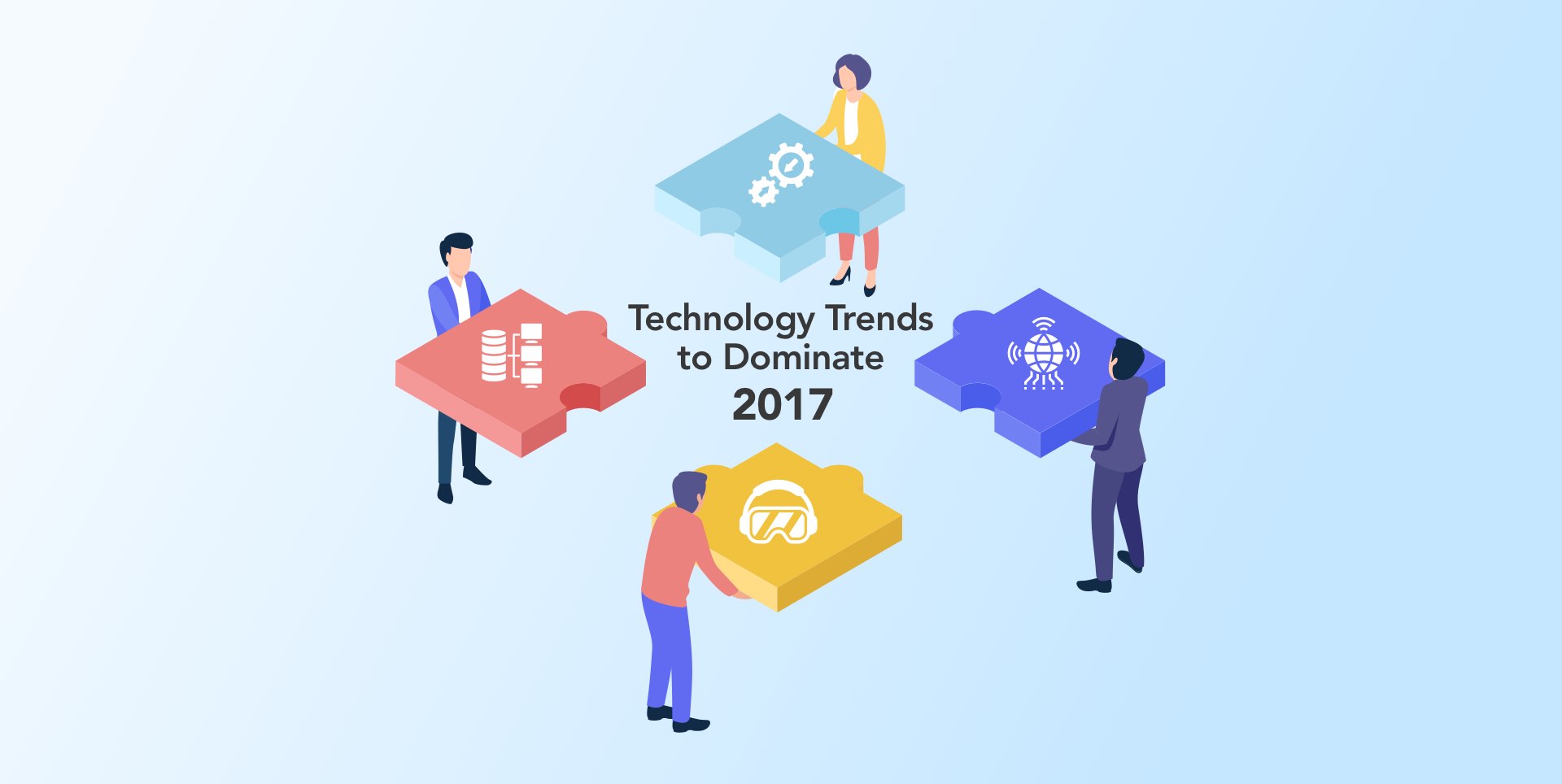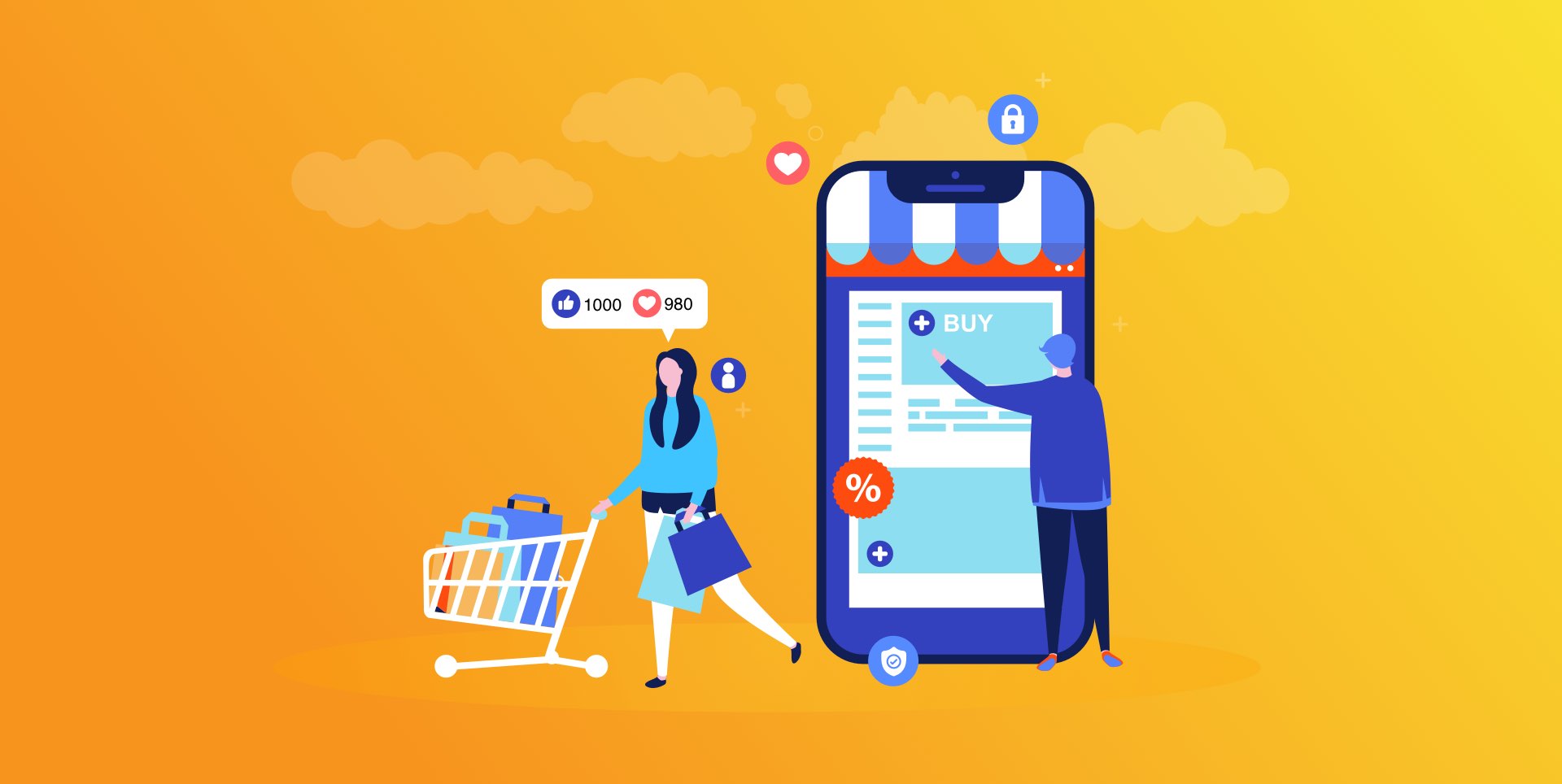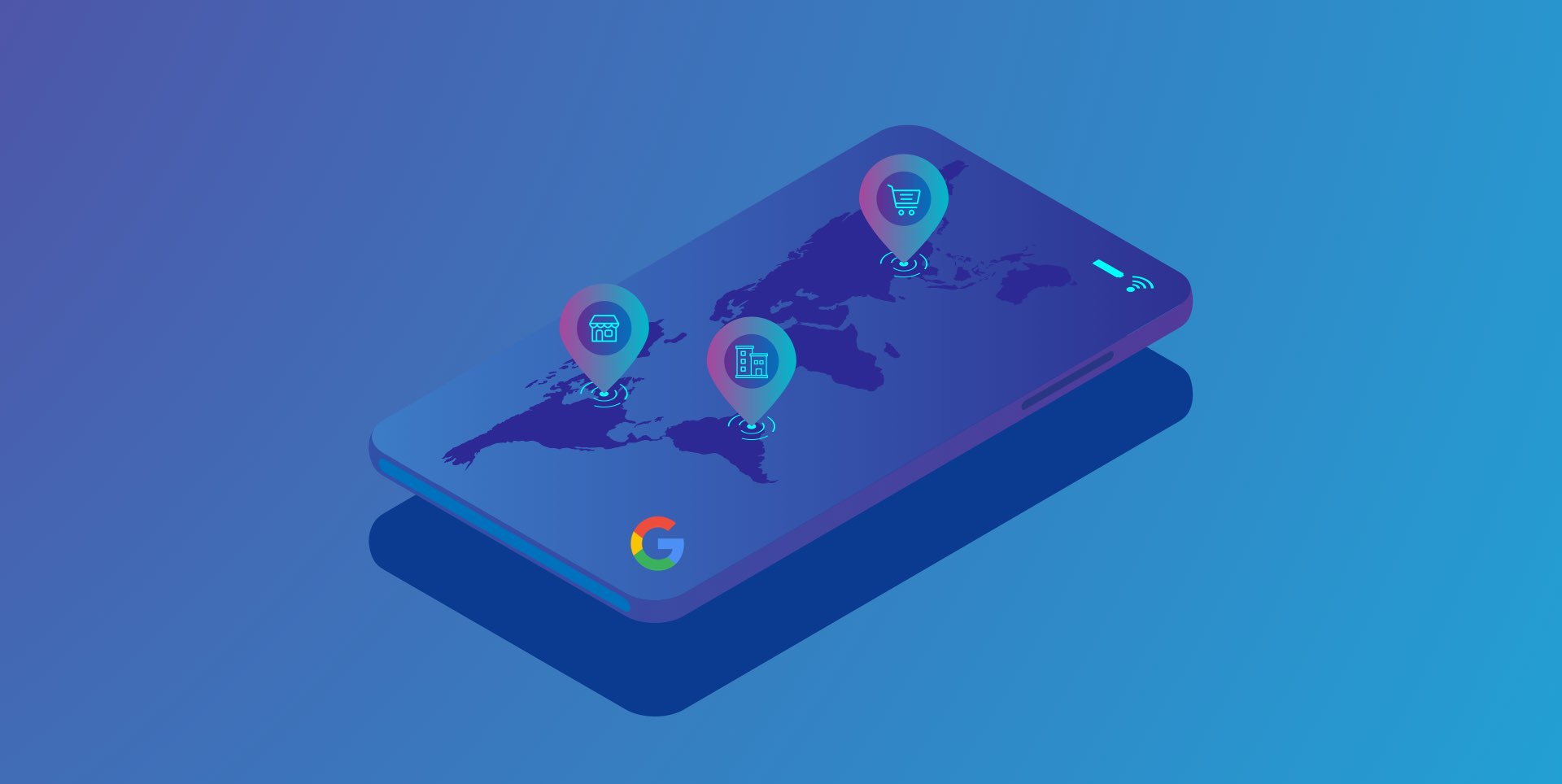- Trends
- 8 min read
- June 2021
CPG Industry: Risks and challenges in 2021
Who hasn't heard of David and the Goliath! The takeaway from the story is, "never underestimate your opponent, especially when they don't play by the rules." The monopoly that the Goliaths of CPG enjoyed not so long ago has changed. Direct-to-consumer has increased CPG challenges and forced the industry to change.
The collective market share of 16 of the largest CPG manufacturers (joint sales of $233 billion) has declined over the past five years from 33% to 31%. – Nielsen
Large Consumer Packaged Goods (CPG) brands have been enjoying an undisputed monopoly over the retail landscape. For instance, if a consumer wanted to make a quality purchase, they could only do so with
- Campbell's
- Heinz
- Colgate
These are to name a few! If the consumer wanted to save money, they could buy the store-brand version. But, with that, they also had to compromise on quality! The consumer only had two choices
- Expensive brand names, or
- Cheaper knock-off
But those times have changed. The CPG (consumer packaged goods) industry now has younger competitors and technological disruptions. Brands working under the CPG industry need to balance between being adaptable and innovative to be successful. They also must not make too many changes to the core offerings. Why? Simply because those core offerings helped them sustain their business till now! Technological innovations present great opportunities, but they also create various challenges. This article will focus on both the CPG challenges and the opportunities for today's brands.
Key challenges faced by today's CPG brands
We talked about David and the Goliath at the start of this article. Let’s talk more about its relevance. In an era without digital disruptions, Goliaths were at the top of their game. They still are!
However, the Davids of the CPG industry knows that it’s difficult to compete with the bigger competitors. Hence, they are making new rules, as they do not want to follow the traditional rules.
The modern CPG industry rules are rapidly changing. Younger CPG brands are at the front of this disruption. Sixteen thousand smaller manufacturers with joint sales of $145 billion experienced a collective market rise, 17% to 19%.
Here are some of the CPG challenges that brands are facing in this new digital era.
1. Uncertain consumer behavior
Modern consumers are learning about brands and making purchase decisions online. There’s still a fraction of customers who choose to stay with brands because of loyalty. But, how can new or old CPG brands win over new consumers?
Consumer habits constantly change based on the types of products they purchase. The other thing that changes is the source of their research of new brands and products. Even voice search and voice assistants have made their impact felt in the CPG industry in the recent past.
Household items are some of the most likely to be bought using some variation of voice AI- According to Performic's Intent Lab.
17% of shoppers use voice assistants to get product information, and 12% use voice technology for brand comparisons. A 2018 study conducted by Voicebot reveals that 20% of U.S. adults used voice search in some part of their buying journey.
It is essential to know these trends for established CPG brands that have not yet done any type of digital disruption.
2. Declining brand loyalty
Brand loyalty is a significant factor for many CPG companies' growth and survival until now. The primary concern here is that their current loyal customer base is aging. For attracting a much young and more tech-savvy consumer base, they need to change their advertising strategies.
Podcasts generated over 400% better recall of a brand versus display ads, and that purchase intent increased by an average of 10% after listening to an ad on a podcast– Nielsen and Midroll
Reaching a wider audience through different mediums is one risk that CPG brands will need to take on, especially as new competitors continue to enter the industry.
One of the most significant consumer habits change is the shift away from a traditional brick-and-mortar retail experience. Big companies are now looking at investing in vertical integration, relying less on retailers that are now creating their private labels, and looking towards developing new sales points that allow them to have more control over how their products are presented to the final consumer.
With so many options available to the consumer, brands need to stay competitive. They need a connection between their product and consumer needs. They are not just selling but also creating an entire brand experience that speaks to an increasingly digitally savvy consumer base.
3. Rise of competitors
New start-ups and entrants are always going to be a factor in CPG challenges. Some traditional retailers are creating their private labels. And then, there are DTC (direct-to-consumer) brands that are giving new and innovative products to the consumers.
So, what makes these new CPG brands such a force to reckon with! Well, they do not carry the burden of digitizing their entire legacy Infrastructure. They are agile, innovative and offer products are a more reasonable price to the consumer.
You might be thinking that why not pull off a Facebook Instagram stint! Facebook acquired Instagram and killed the competition even before it was a competition. Or, they could do what Unilever did with Dollar Shave Club. Back in 2016, Dollar Shave Club was enjoying a 7% share in the U.S. shaving market. Unilever acquired the start-up. It just didn't just acquire a brand. It also got its a customer base. So, why not do the same! Well, the first thing is that acquisitions are not child's play. There is only enough re-allocation of your budget you can do as a brand. Second, there will always be new business models, market-hungry start-ups, and innovative entrants.
Even after the acquisition, Unilever still needs to compete with similar start-ups like Harry's or Supply. The only option for CPG brands is to digitally disrupt their infrastructure and improve efficiencies to keep the competitive edge.
4. Rise of DTC (direct-to-consumer) brands
You might not have heard of a DTC brand. But, I am confident in saying that you have definitely done business with one. DTC (direct-to-consumer) is more than a sales channel. It is an entire customer experience. The greatest example of this is Apple.
A DTC brand can be easily differentiated from a traditional brand because a DTC brand is built around the customer experience. The manufacturer controls everything, from research to design to sales channel to post-customer experience. And the retail 'middleman' is generally left out of the flow.
Let's show you a specific DTC brand online customer journey.
- A customer is browsing through social media on their mobile phone.
- He/she sees an ad or looks at a post by an Influencer.
- The post or ad is about a new brand and the variety of products.
- The consumer visits the brand's website, generally a mobile website.
- The site's aesthetic appeal, ease of navigation, and UI impress this consumer.
The seamless experience of looking over the catalog at the comfort of their fingertips is empowering. Even the checkout process is hassle-free, offering multiple payment options. The order, arriving in a distinguishable packaging, complements the brand persona. In case of any displeasure, the customer can get a refund by returning the product. The customer has had an enjoyable experience without leaving the comfort of their phone.
The past decade saw a rise in mobile commerce. For DTC brands, it became easier and cost-effective to reach the market. The digitization of business has also allowed brands to create a digital shelf for their offering. This, in turn, has permitted young start-ups to compete in the same space as market behemoths.
5. The constant consumer channel shift
The biggest CPG challenge for established brands is adapting to the change digital transformation brought to the market. People who used to shop in shops and stores are still there. But their decisions and buying habits are fast changing with the new era of shoppers.
The younger generation prefers surfing through the digital product gallery. They do not want to spend their time walking up and down the different aisles. Most people buy groceries online. How is that a challenge? First, CPG firms have no control over the online channel the way they have on stores.
When you talk about typical shops, stores, or even malls, product placement takes center stage. Consumers see what brands want them to see. On any online platform, consumers can simply filter their search. The only control online retailers have is over "suggested products" or "consumers also brought this."
Second, the online shift has reduced the chances of impulse shopping, significantly affecting sales volumes.
CPG brands must merge their core business process with digital transformation
Kroger is the third-largest retailer in the world. It is swiftly moving from being a powerful CPG ally to a fierce competitor. How? You remember we talked about retailers creating their private-label brands. Well, Kroger is doing the same.
As per CB Insights, the combined sales for Kroger's store brands tops $20 billion. Kroger's Our Brands alone accounted for 30% of all unit sales. Its Simple Truth brand saw 19% year-over-year growth in 2017.
If you are struggling with growth as a CPG firm, you may blame it on faulty strategy. Knowing your strength is always advisable. But knowing the strength, weakness, and crucial trends of your market is also vital for your growth. When there is a market-wide growth or largescale change, your strategies must be adjustable.
Yes, several aspects contribute to your growth as a CPG brand. Well-prepared owners can turn CPG challenges into opportunities.
- Capitalize on the resources
- Make use of the latest technology
- Understand the various dynamics at play
You can do so with the right digital transformation fused with the disruptive technology that suits your domain. To stay ahead of the curve, you require a tech stack that compliments your need for
- Tracking consumer behavior
- Keep an eye on market trends
- Calculate the resource utilization
- Manage the logistics
- Keep a tab on supply chain and staffs (labor)
CPG brands can achieve this by fusing advanced business intelligence with artificial intelligence, machine learning, and data management.




